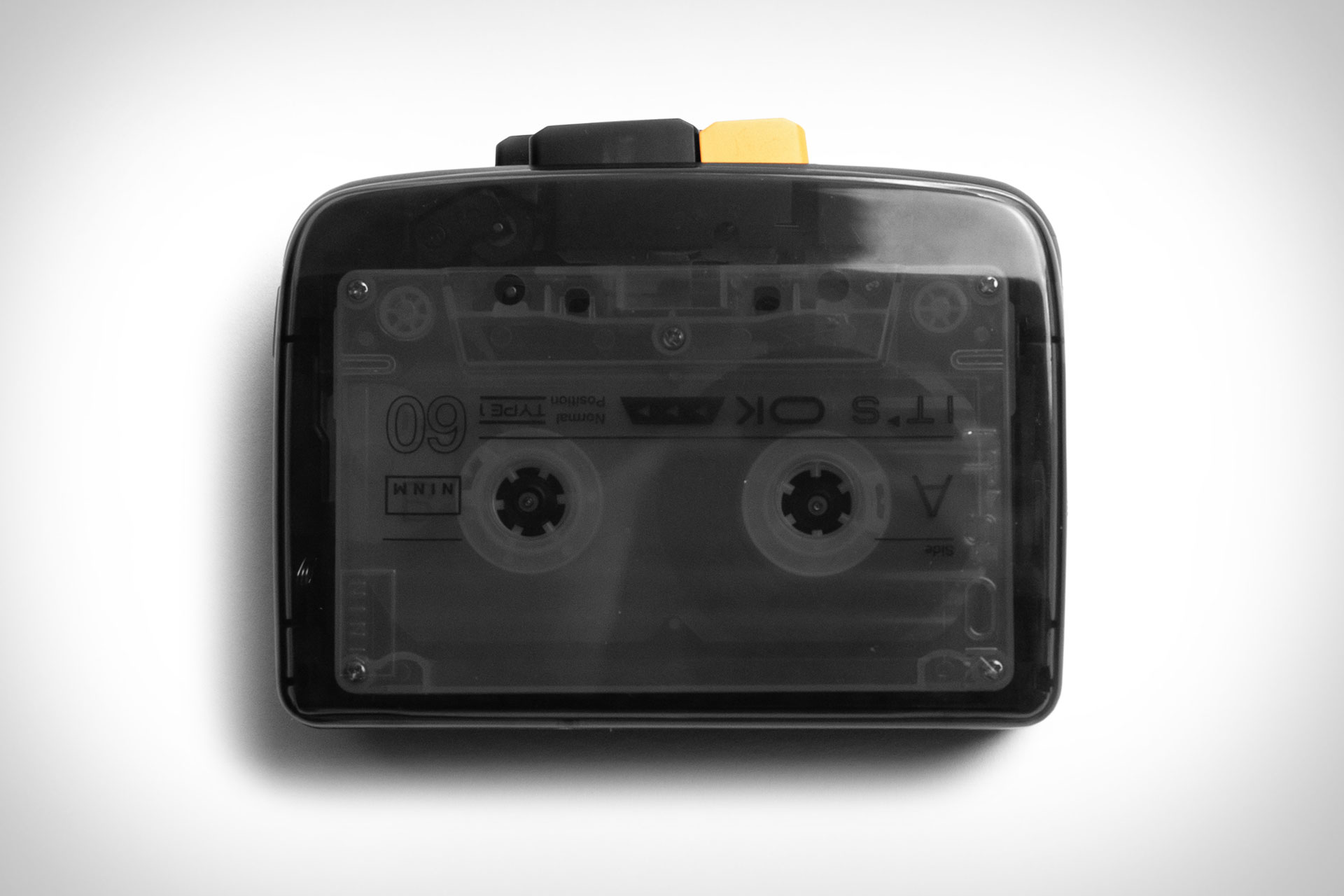
The famed TV show recently had a milestone: it first broadcast 50 years ago, September 1972. If you had watched M*A*S*H, and even if you haven’t, I recommend this piece by James Poniewozik, in which he presents a chronology of the show and how it evolved over the years. It brought back good memories.
Among other things, he recalls one of my favorite episodes, Point of View, particularly for this one scene. He writes:
“Point of View” is shot from the vantage of a wounded soldier whose throat injury renders him mute. In a repeated format, a reporter visits the 4077th for the new medium of television. The unit’s chaplain, Father Francis Mulcahy (William Christopher), described seeing surgeons cut into patients in the winter cold. “Steam rises from the body,” he says. “And the doctor will warm himself over the open wound. Could anyone look on that and not feel changed?”
The episode was filmed in black and white, and there is a scene showing steam rising from the patient. It was stunning.
Recently I watched another one of my favorite episodes of M*A*S*H on one of the streaming services. The writing was still good, but the format of the show displayed its age. This could just be me though: I think you really have to dive into old TV shows to adjust to the format to enjoy it. Certainly the quality is there.
One thing I would add: it is a show made in 1970s. There may be things about that era that makes you uncomfortable, like the sexism, or whole idea of Klinger dressing up as a woman to get out of the Army. These are products of that time. In its defense, the show became less sexist over time, and Klinger shelves the whole “I am a crossdresser therefore I am unfit” bit. But it was still a show reflecting that era.
The other thing to dwell on is that it existed in a golden age of TV. Just like movies and print, it was able to achieve numbers that no TV show can achieve now in the era of the Internet and streaming. We didn’t know that then: it was simply one of the best shows of its time and we all naturally watched it. (It’s funny to think of how back then we made the time to watch a show because if you didn’t, that was it, you missed it. You might, if you were lucky, see it in the summer when network TV would show the “repeats”.)
While M*A*S*H had so much going for it, what made the series one of the greats was its actors. It achieved a rare thing in that it lost three of the leads over time but never suffered as a result of this. The people that left were great, and the people that replaced them were also great. One person that was there from start to finish was Alan Alda. Here’s a 50th anniversary interview of him in the Times.
P.S. 1972 was a good year for film too. The 70s was filled with excess and schmaltz, but it was at its best on period pieces, like The Godfather, Cabaret, and M*A*S*H.



 There was a lot of chatter around private jets last week as a result of
There was a lot of chatter around private jets last week as a result of 
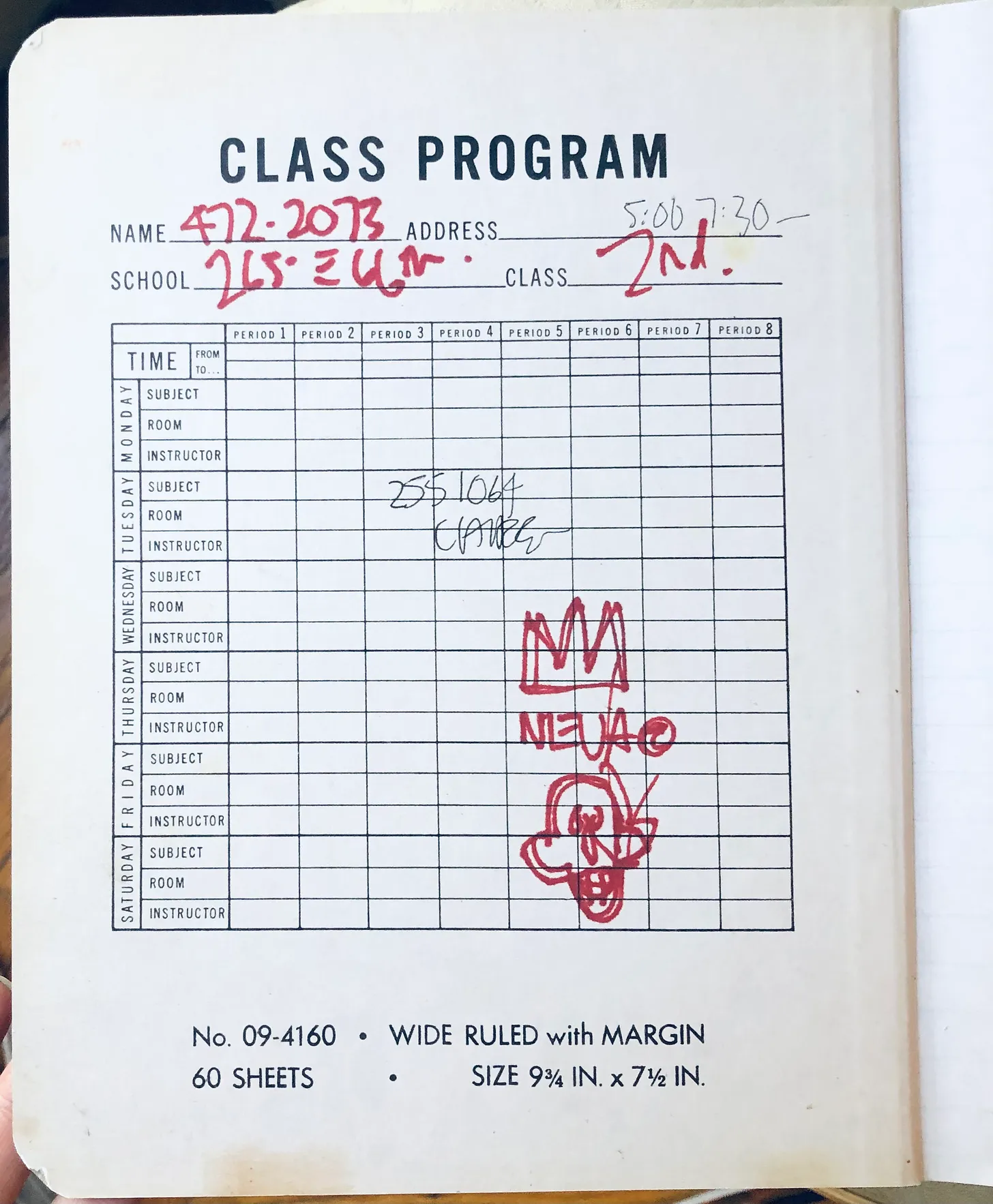
 There was much discussion about the
There was much discussion about the 

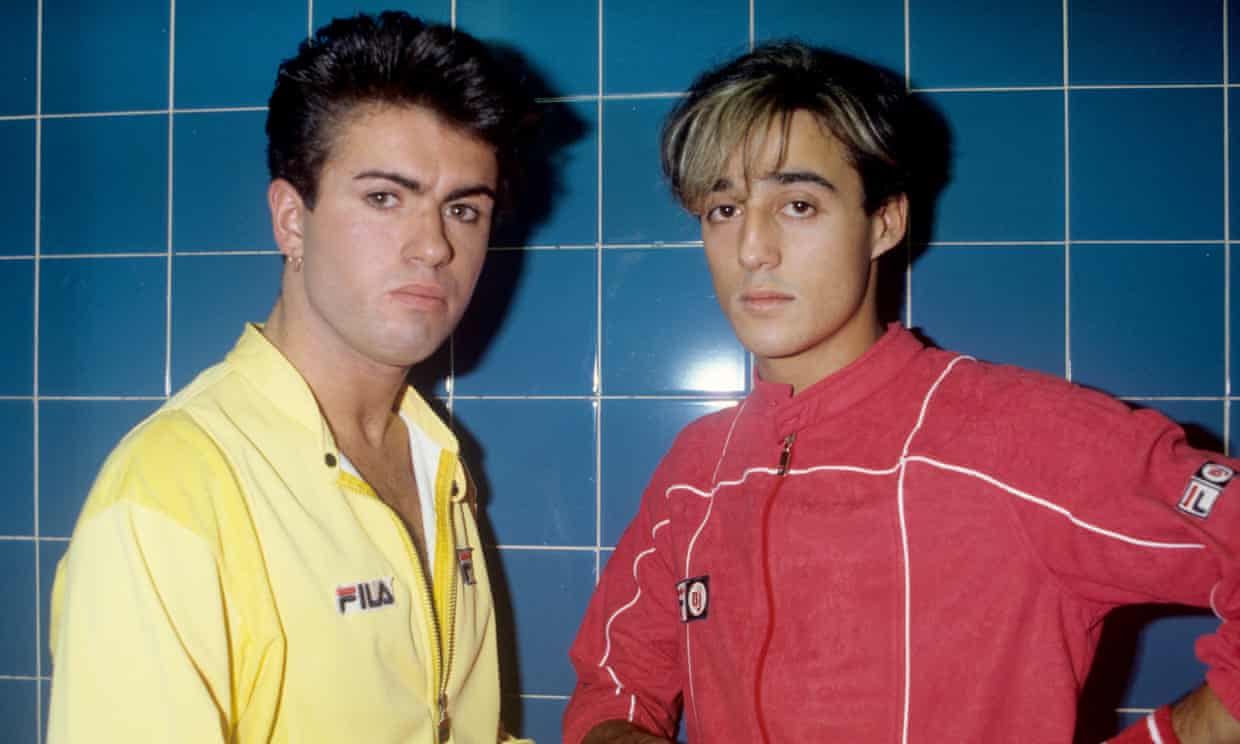 Like
Like  I have always been envious of New Yorkers and their Metropolitan Opera House. Toronto’s Canadian Opera Company is planning to perform 7 operas next season (and that’s good). Meanwhile the Met in 2022-23 performed 22. With that many performances going throughout the year you could sometimes feast on four different operas in a weekend! And it’s not just quantity: the greatest performers in the world are appearing in those shows. I cannot be alone in my envy and admiration of it all and imagining it to be never ending era.
I have always been envious of New Yorkers and their Metropolitan Opera House. Toronto’s Canadian Opera Company is planning to perform 7 operas next season (and that’s good). Meanwhile the Met in 2022-23 performed 22. With that many performances going throughout the year you could sometimes feast on four different operas in a weekend! And it’s not just quantity: the greatest performers in the world are appearing in those shows. I cannot be alone in my envy and admiration of it all and imagining it to be never ending era.







 For the last 30 years or so I have not watched TV shows. I’ve watched movies at home and other things like news and sports, but nothing like the Sopranos or Breaking Bad or Family Guy or…well, you name it. (I wrote about it
For the last 30 years or so I have not watched TV shows. I’ve watched movies at home and other things like news and sports, but nothing like the Sopranos or Breaking Bad or Family Guy or…well, you name it. (I wrote about it  A reminder of how great WiReD magazine was — and how often it was wrong — can be found in this fine piece by Dave Karpf:
A reminder of how great WiReD magazine was — and how often it was wrong — can be found in this fine piece by Dave Karpf: :max_bytes(150000):strip_icc():format(webp)/spoon-and-stable-40-most-influential-restaurants-ft-blog0818-98bd07933c9a493a9fb0416994aafa5c.jpg)


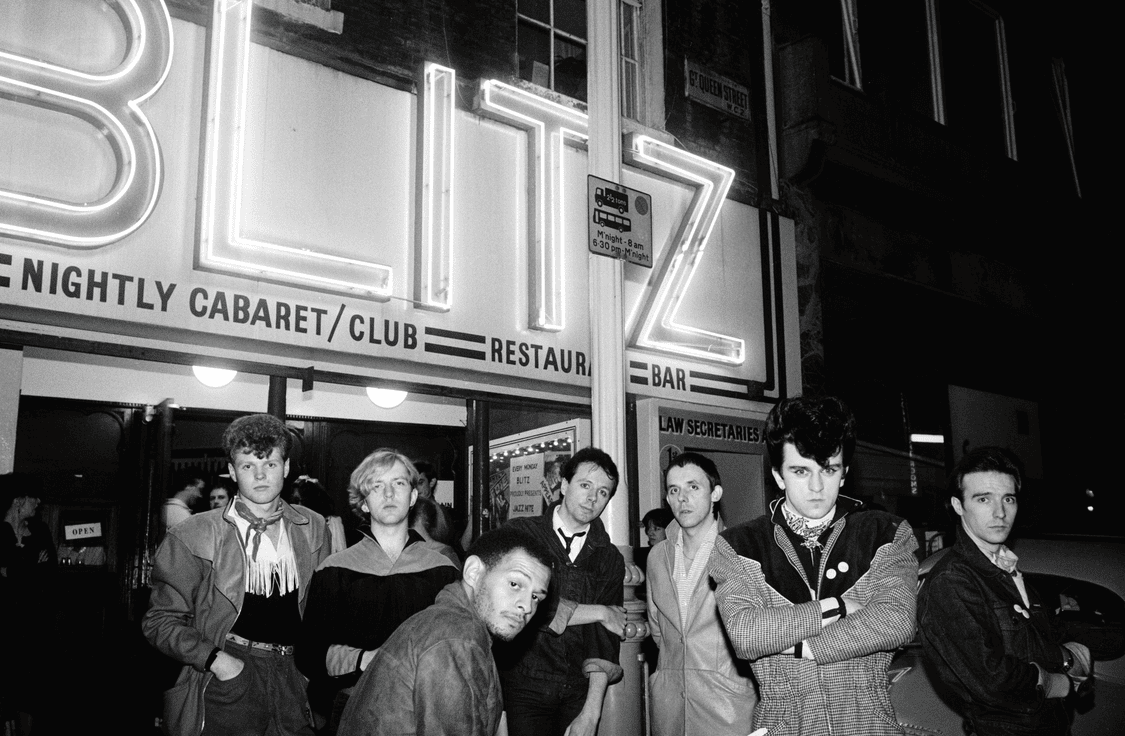

 Did you know you can still get DVDs from Netflix? Well
Did you know you can still get DVDs from Netflix? Well 
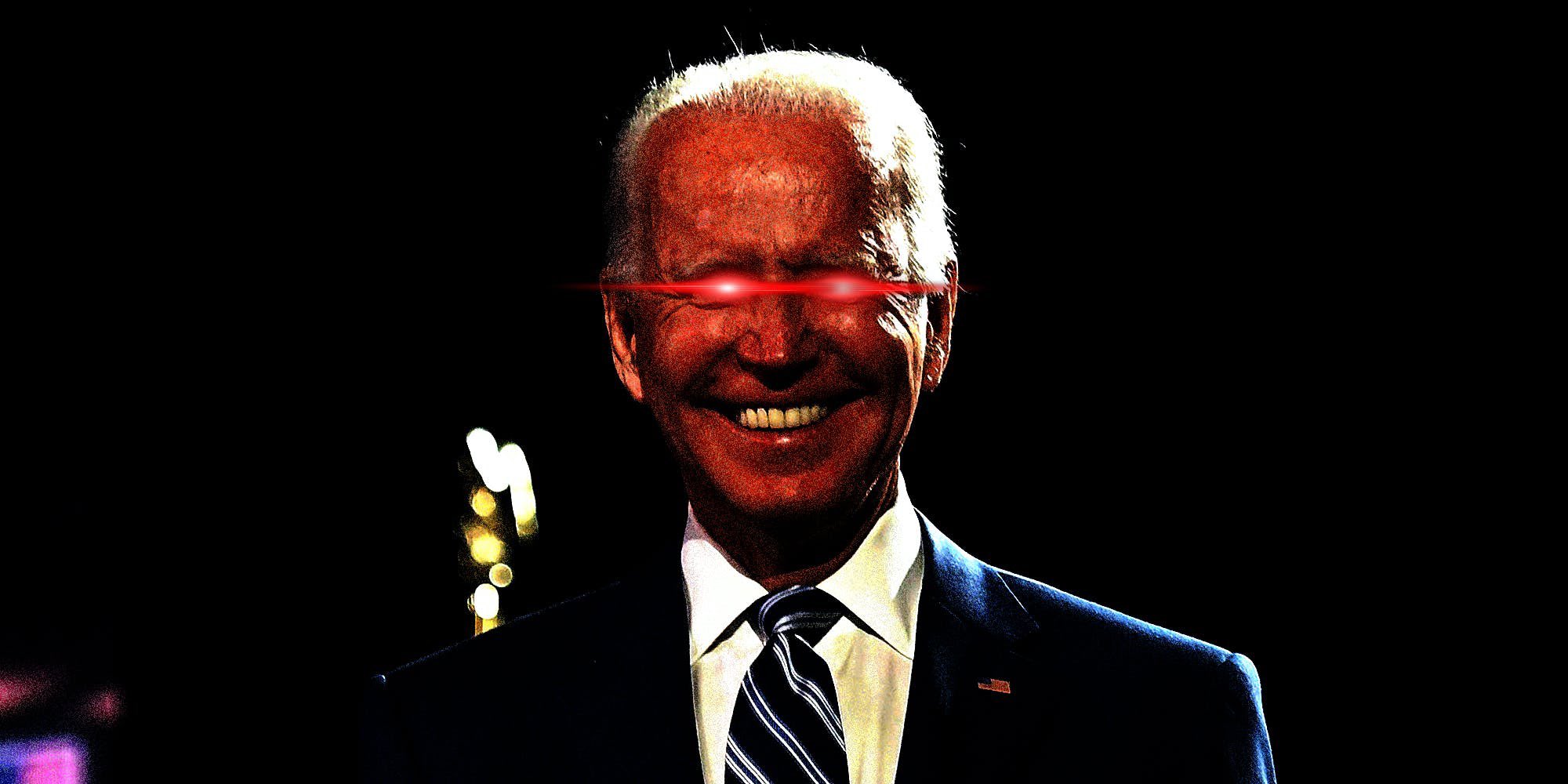
:format(webp)/cdn.vox-cdn.com/uploads/chorus_image/image/71167057/FYZK4nLVEAEK0hU.0.jpg)



 I’ve been wondering when this would happen, but finally some of the bigger names from SNL are departing next year, including
I’ve been wondering when this would happen, but finally some of the bigger names from SNL are departing next year, including 







